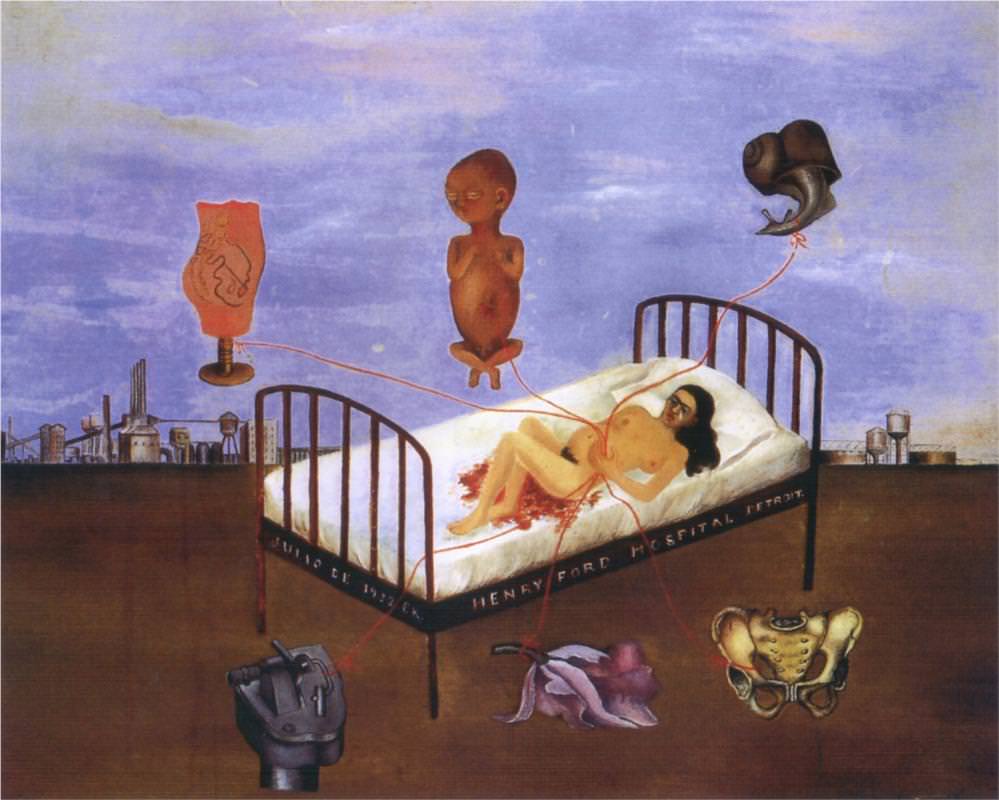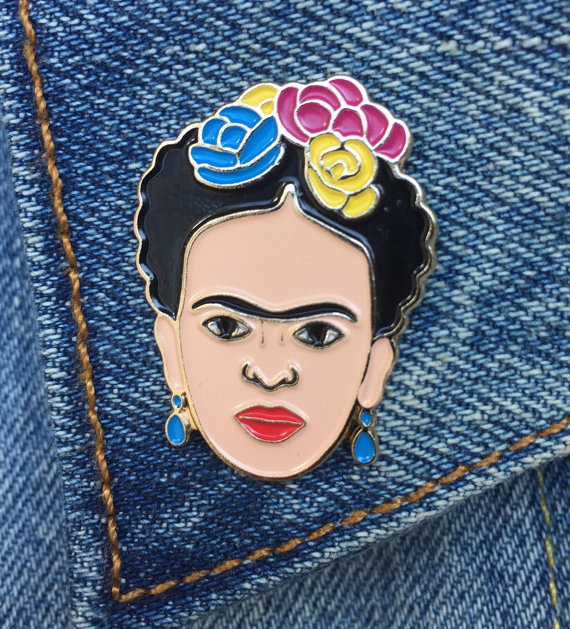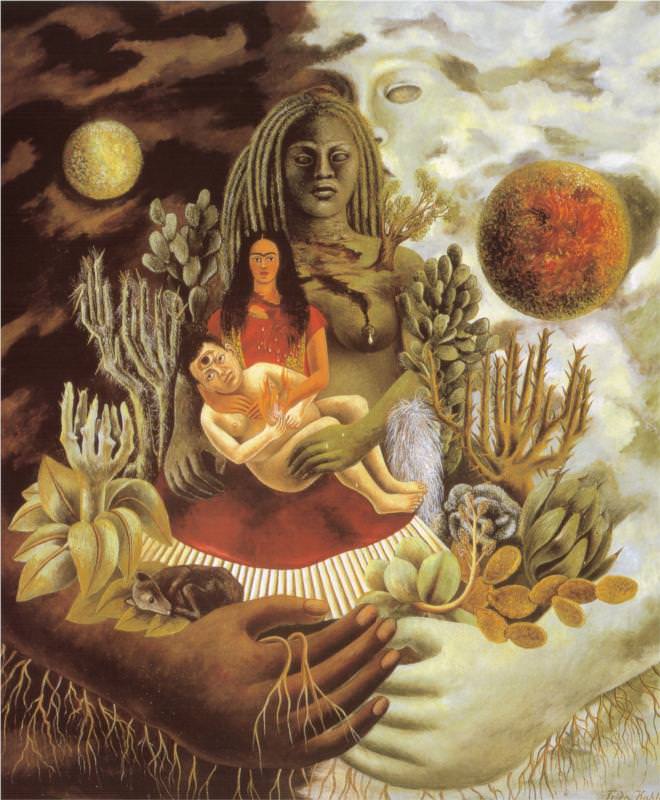By Gloria Borroni
As I am getting closer to my graduation, I am trying to plan all the things I would like to do once I get my well-deserved and precious time for rest before starting a master. On the top of my list there is a visit to the MUDEC, the museum of cultures in Milan. There, in February, they will present Frida Kahlo’s work, in Italy for the first time after fifteen years. The project puts together pieces of work taken from two of the most important and extensive Frida Kahlo collections in the world.

Henry Ford Hospital (The Flying Bed), 1932 by Frida Kahlo
I have always considered myself to be a fan of Frida, but after giving it some thought, I realized that I actually don’t know much about her art. I mean, I do know that she had a unibrow, she joined the communist party, and she developed an interesting relationship with fellow artist Diego Rivera. She also endured an accident that never stopped her from doing what she liked, and conducted a life defying gender stereotypes and female beauty standards, along with being publicly bisexual. All while living during the Mexican revolution. Pretty cool, if you ask me.
It is exactly for all of these reasons that she became an icon. Her image has been commercialized (and whitewashed) to the extent where people, me included, forget that she was first and foremost a painter. What does the art say about the artist? I asked myself.
During her lifetime, Frida did not get much recognition for her art, and critics became interested with it only much later. She produced more than 150 works, 55 of which are self-portraits, and as I was trying to satisfy my curiosity, I learned that it is impossible to analyze her art without knowing the context she lived in, as well as of her persona. Frida was influenced not only by national politics, but also by Soviet politics, and was able to merge the two into her artwork, redefining Mexico’s identity without leaving out the indigenous heritage of her birthplace. Furthermore, she explored women’s identity and sexuality, borrowing artistic techniques from the French surrealist movement, while incorporating elements of Mexican retablo (devotional paintings) and ex-voto images into her art.

Source: Etsy (thefoundretail)
Her artwork is therefore a balanced mixture of the foreign and the Mexican heritage she was so proud of. This was exactly the aim of the Mexican Revolution that occurred in the years between 1910 and 1920. It gave birth to a nationalistic fervor that sought to establish indigenous cultural identity through the revival of popular art forms (Castro-Sethness, 21). Although, it is true, pain and the research of personal identity are important themes of Kahlo’s art, it is also true that Frida’s paintings cannot be stripped of their deeply political meaning. Mexico at the time was striving to find an independent cultural identity (Helland, 8), and Frida represented that in her paintings. She was committed to Mexico, and the Mexican people. Her self-portraits not only tell of her experience as a disabled woman, but also, if not mostly, are a representation of her political self. Frida Kahlo’s art is cultural and political, and it unified her beliefs with her personal experiences. Therefore, it is unfair to look at her art only through contemporary Western eyes, imposing ideologies and trying to psychoanalyze it, without exploring the context behind the pictures.

Frida Kahlo, The Love Embrace of the Universe, the Earth (Mexico), Diego, Me, and Senor Xo1od, 1949. Collection of Mr. and Mrs. Eugenio Riquelme
Frida was a complex woman, and an even more complex artist. I am nowhere near knowing all that there is to know about the inspiring Frida, but if you want to take something from this article, take this: to understand Frida Kahlo’s artwork, it is necessary to go beyond the narrow limits of her life, and take a step away from the myth figure that has been fueled by the trends of the last decades.
Gloria Borroni, Class of 2018, is a Literature and Media major from Milan, Italy.

